Laptop trends we want to see in 2021
Good webcams, more AMD and other wishes going into the new year
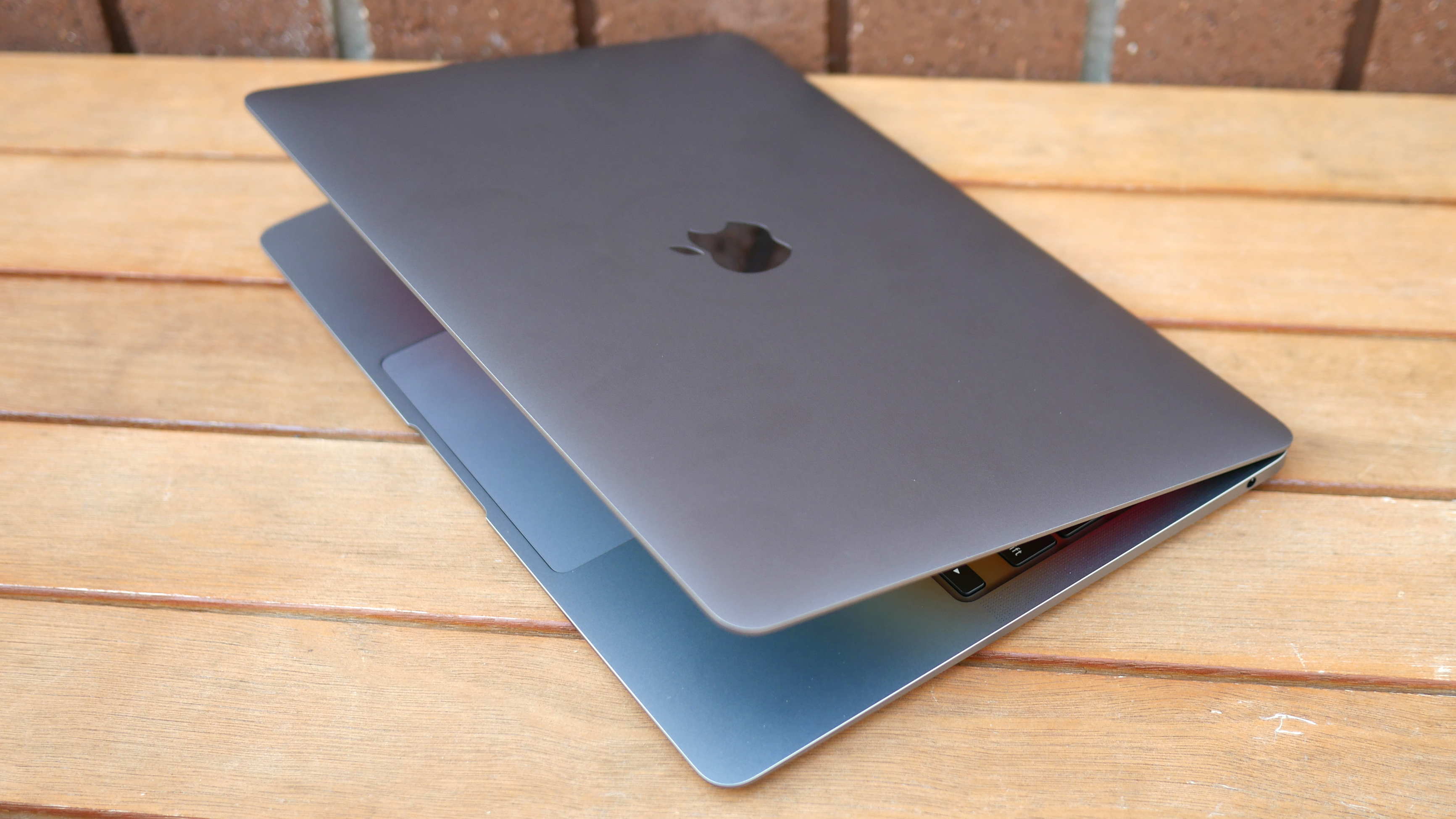
Well folks, 2020 is finally over. We can only hope 2021 puts us on a better path after what was the most difficult year in recent history. From a consumer tech perspective,2020 had its ups and downs. The coronavirus pandemic crippled supply chains, companies grappled with converting workforces to being fully remote, and products were delayed or couldn't meet demand.
Despite the hurdles, the past 12 months introduced us to some truly innovative products from the first foldable PC in the ThinkPad X1 Fold to next-gen consoles in the PS5 and Xbox Series X. The world of laptops, however, was rather quiet. This year saw AMD become a genuine competitor to Intel in mobile while Apple asserted its dominance with the release of the custom ARM-based M1 chip. But that's about it.
- Best laptops in 2021
- Best college laptops in 2021
- MacBook Air with M1 review
That said, there is a lot to be excited about going into 2021, and several laptop trends we hope to see in the next 12 months. Here are the laptop trends and features I'll be wishing for as we enter the new year.
Improved webcams
Terrible webcams have always been a problem, and now here we are, in 2021, in the midst of a global pandemic, and laptop cameras are as bad as ever. The list of outliers hasn't grown much, either. There's the 5MP on the Surface Pro X, and, to a lesser degree, the 720p camera on the Surface Laptop 3. And uh, that's about it! MacBooks have decent webcams but get nowhere near the image quality of the front-facing camera on an iPhone.
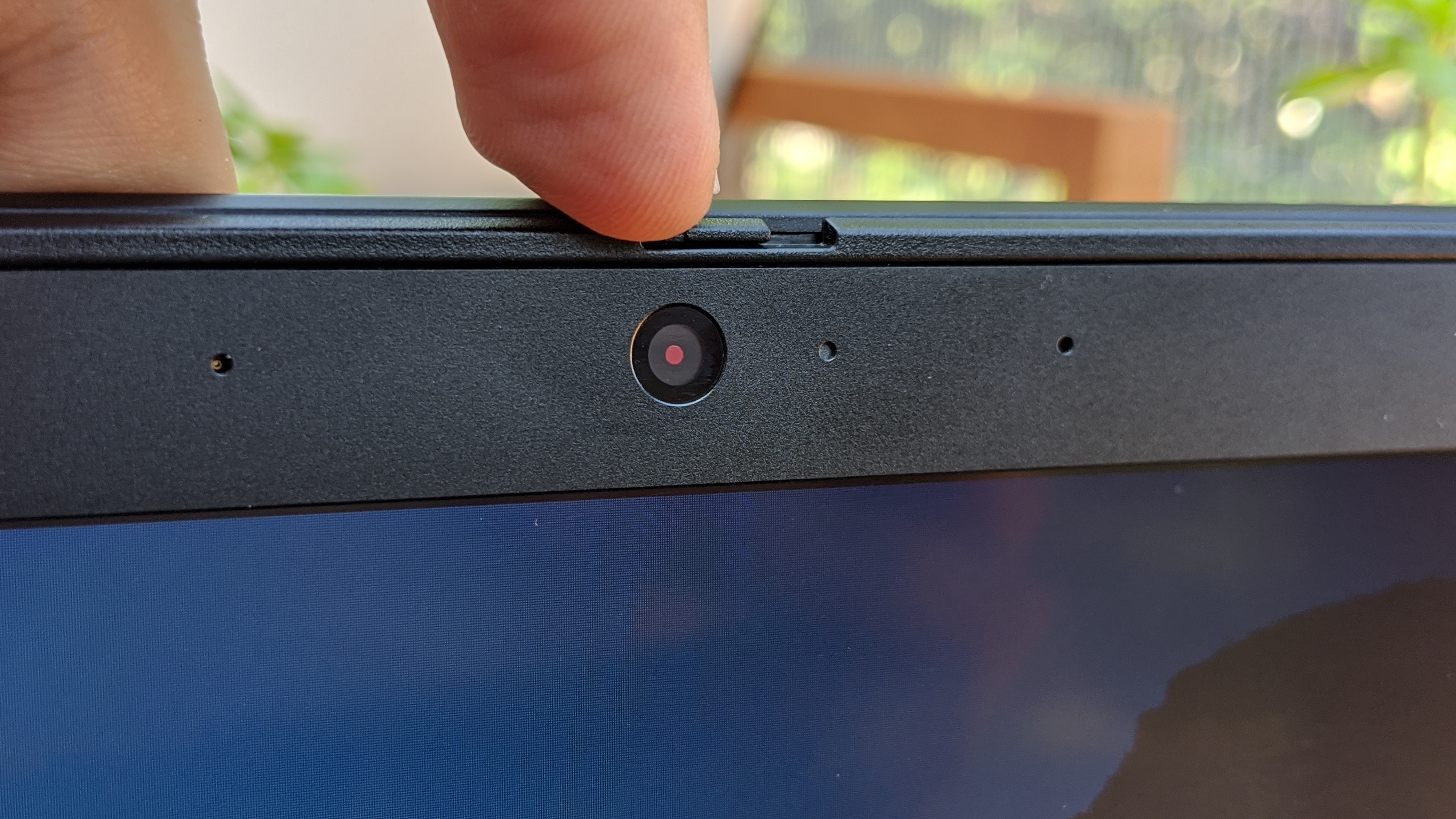
So, what gives? Part of the reason is that, as laptops become thinner, there is less room to fit a camera sensor. Fair enough. Another reason is the lack of effort. Companies buy cheap parts because they don't think people care about looking good on video.
Well, now we do. No reason to harp on about it -- the coronavirus pandemic has expedited the trend toward remote work. Meetings are now done over video chat, on grainy, dark 720p cameras or less-than-convenient external webcams.

It's time for this to change, if not because of our endless requests over the years, but out of necessity. The good news is that laptop makers are touting improvements to webcams. The bad? We have yet to review a laptop, released prior to or during the pandemic, that can measure up to a smartphone camera. Let's hope 2021 fixes this problem.
Stay in the know with Laptop Mag
Get our in-depth reviews, helpful tips, great deals, and the biggest news stories delivered to your inbox.
More AMD options
The tortoise has finally overtaken the hare. Although at AMD's rate, those roles have been reversed. The Sunnyvale-based chipmaker took a giant step this year with the release of its Ryzen 4000-series chips, processors with better performance and endurance than equivalent Intel 10th Gen CPUs.
For the first time ever, many of our top laptops are armed with AMD chips, including the Acer Swift 3 (4 stars), HP Envy x360 13 (4.5 stars), and Asus ROG Zephyrus G14 (5 stars). What do these all have in common? They deliver blistering processing speeds, long battery life, and cost less than their respective competitors.
I want to emphasize the performance aspect. When we compared the $650 Swift 3 to the $1,800 MacBook Pro (10th Gen Core i5), the midrange laptop outperformed its exorbitant competitor in many of our benchmarks. The AMD-packed Acer Swift 3, equipped with a Ryzen 7 4700U, crushed the MacBook Pro (4,399) on the Geekbench 5 test with a score of 4,862.
On our Handbrake video test, the MacBook Pro took 12 minutes and 43 seconds to convert a 4K video to 1080p, which is much better than the 22-minute duration of the average mainstream laptop. However, the Acer Swift 3 bested the MacBook Pro by needing only 11 minutes flat.
This demonstrates the speeds we're seeing from AMD processors. On the endurance front, the Asus Zephyrus G14 defied the gaming laptop odds, lasting for 11 hours and 32 minutes on a charge -- longer than any other laptop in its class. So yeah, going into 2021, we're excited about AMD's mobile efforts and we hope laptop makers are too.
Faster Windows on ARM laptops
Instant startup, always-on connectivity and epic battery life are some of the perks of buying a Windows 10 PC with an ARM-based processor. But up until now, those benefits have been undone by poor performance and app compatibility issues. With Microsoft bringing 64-bit x86 app support to Windows on ARM, poor performance is the only chink left in the ARMor (I had to).

Apple showed us what ARM is capable of with its M1 chips, now we're waiting for a similar solution for PCs. While Qualcomm's Snapdragon offerings get nowhere near the speeds of Intel or AMD CPUs, no less the M1, there is some hope for Windows 10 users; Microsoft is reportedly considering making its own ARM CPUs to take on Apple Silicon. Bloomberg reports the new chips would be for servers powering Microsoft Azure, but it's possible they could arrive in future Surface products. After all, Microsoft has some experience, partnering with Qualcomm on the SQ1 and SQ2 chips found in the Surface Pro X.
Faster SSDs
Laptops like the MacBook Pro and other tech products like the PS5 use SSDs the speed of which we've never seen before in consumer tech. We hope comparable components find their way into more laptops and tablets in 2021.
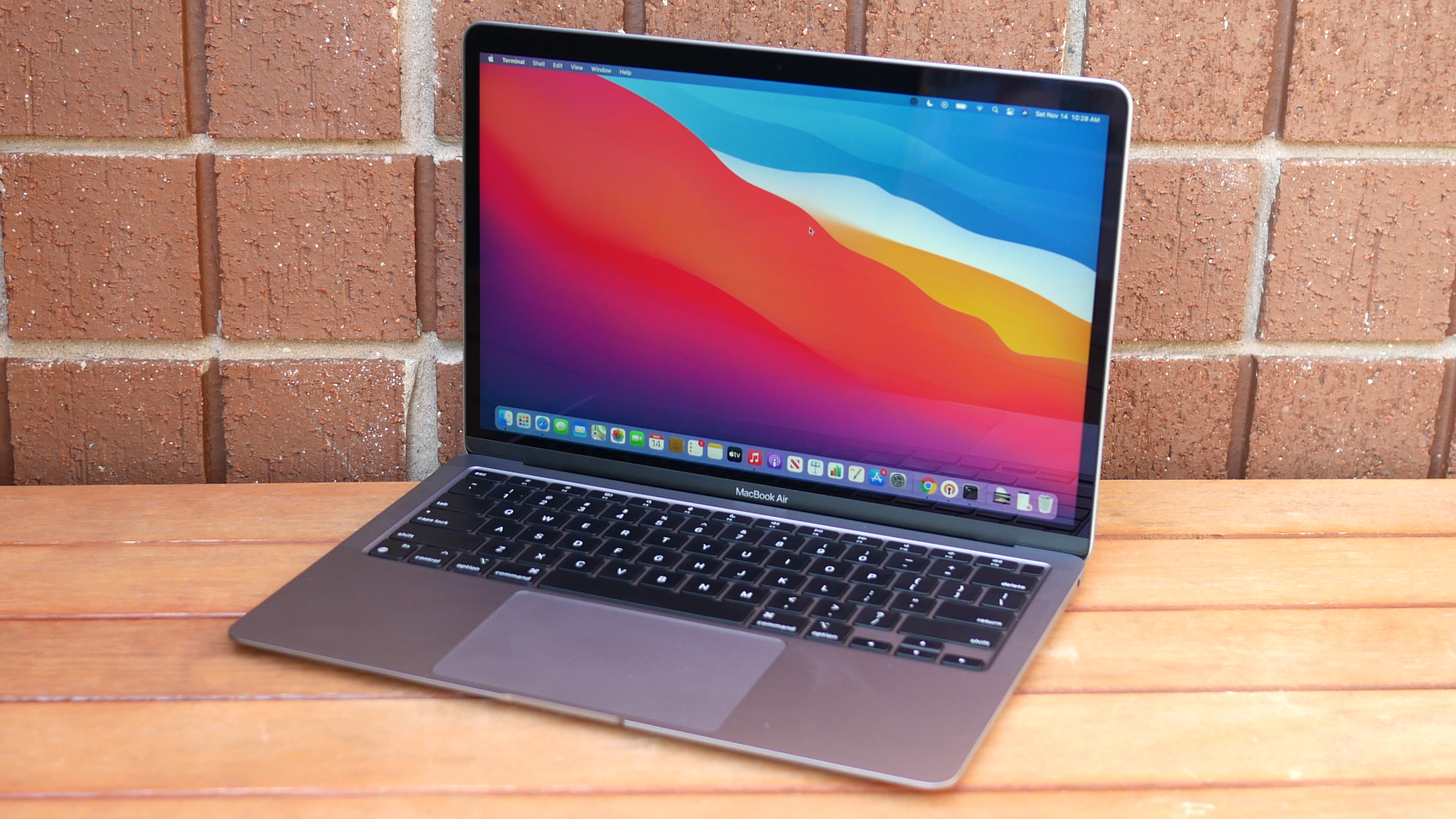
As it stands, the average SSD transfer speeds for all premium laptops we've tested is 749.9 megabytes per second whereas most midrange laptops top out at 300 to 400 MBps. So when the MacBook Pro, with M1's 1TB SSD, clocked 2,824.9 MBps on the BlackMagic Disc Speed Test, it caught our attention.
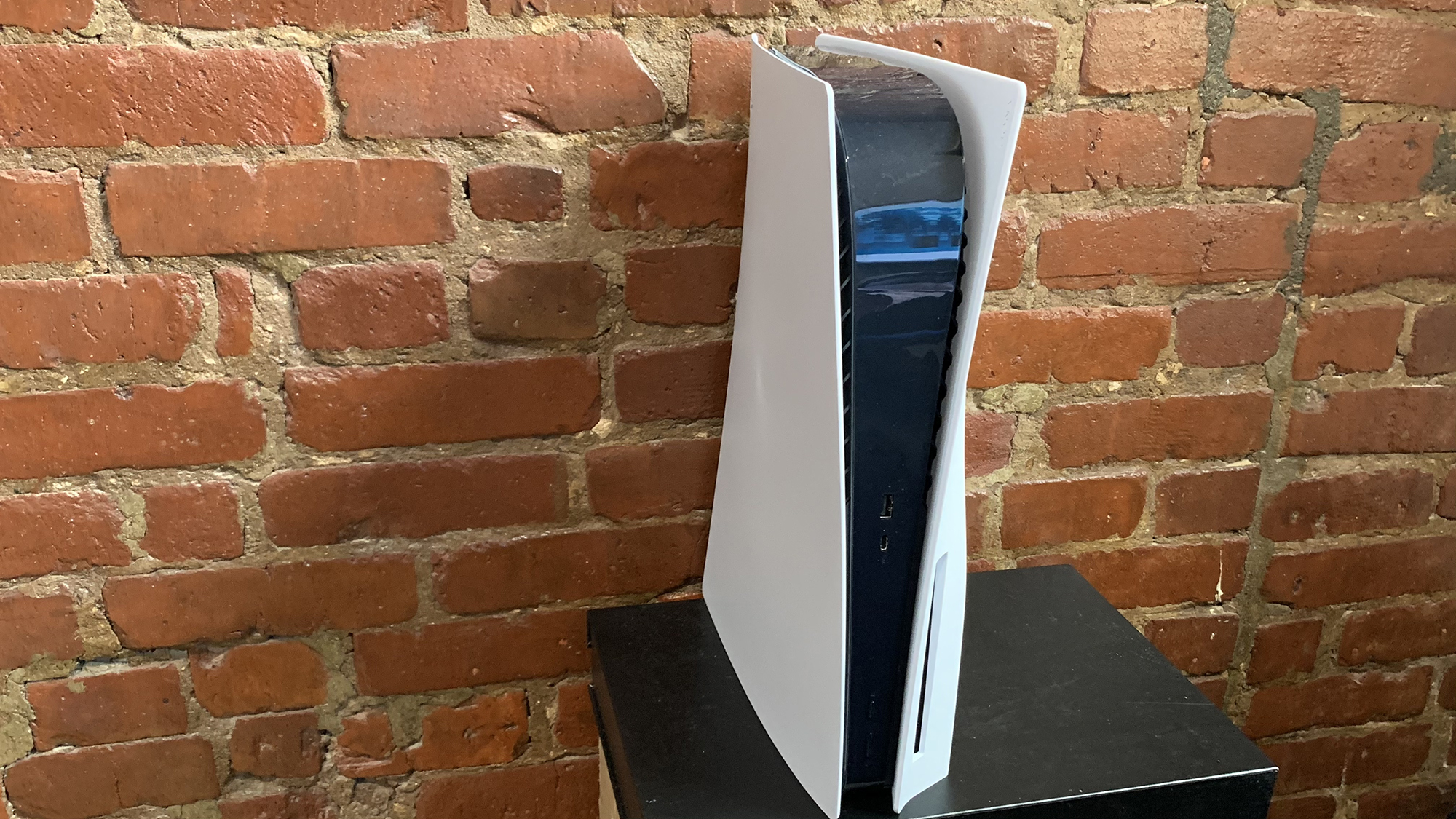
Then there's the freakishly fast SSD in the PS5, which can reach theoretical read speeds of up to 5.5GB per second, or roughly seven times faster than the average premium laptop. While we don't expect to see speeds nearing the PS5, we hope more laptop SSDs, especially those in smaller form factors, breach that 1,000 MBps mark.
Stylus slots or magnetic holder
I'll let you in on a secret so long as you don't tell laptop vendors. Do you agree? OK. I lose styluses all the time. I'll admit to being a forgetful person, but laptop styluses seem to vanish into thin air the moment I stop using them. Well, it turns out there is already a solution to this problem, and that is the so-called "stylus garage."
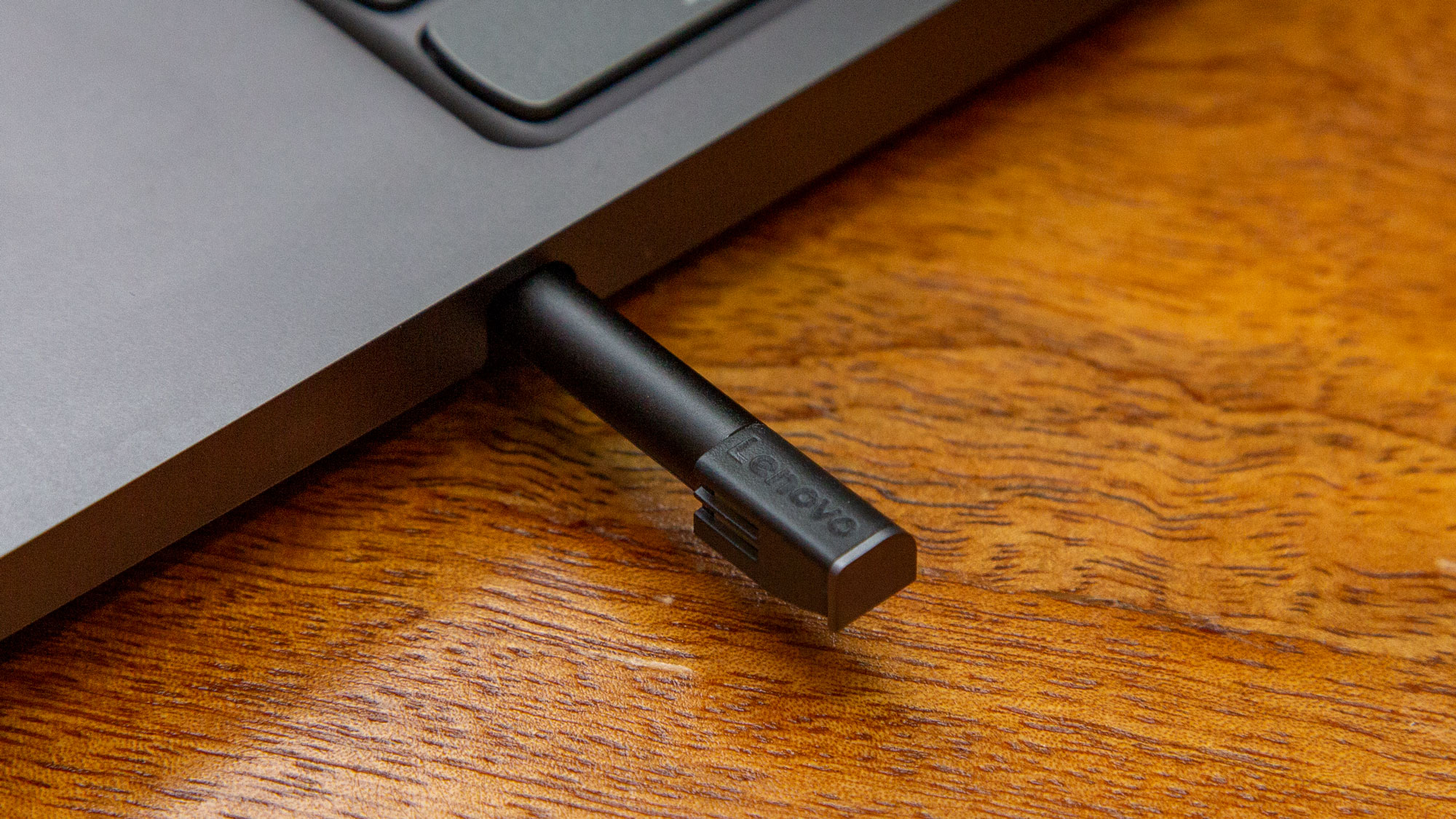
Introduced on the Lenovo Yoga C930 a few years back, this pen slot houses your stylus so you don't need to remember where you placed it after you finished writing notes or drawing a picture. Just slip the pen into the hole in the side of the laptop and save yourself precious hours searching for it later.
There are a few other storage methods that deliver the same convenience. For example, the Galaxy Tab S6 had a magnetic pen groove that secured the stylus to the rear of the tablet while charging the accessory. Samsung switched to a flat magnetic strip on the back of the Galaxy Tab S7 that works in the same way as the magnetic charging solution on the iPad Pro.
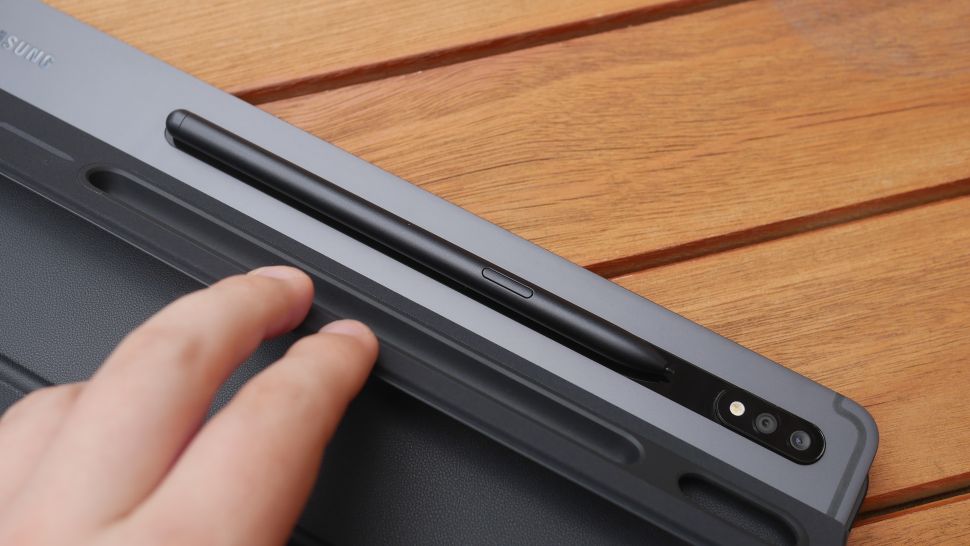
I think you know what I'm getting at. First, styluses should be included, not sold separately, with convertible laptops and tablets. But just as importantly, these devices should have a solution for housing and charging so you don't have to turn over your house when you inevitably misplace them.
New form factors
Yes, I really mean this one. Wacky new form factors enabled by foldable displays have injected life into smartphones. Now it's time for them to take hold of the laptop industry. We got a taste of what's to come with the Lenovo ThinkPad X1 Fold, the world's first foldable PC.
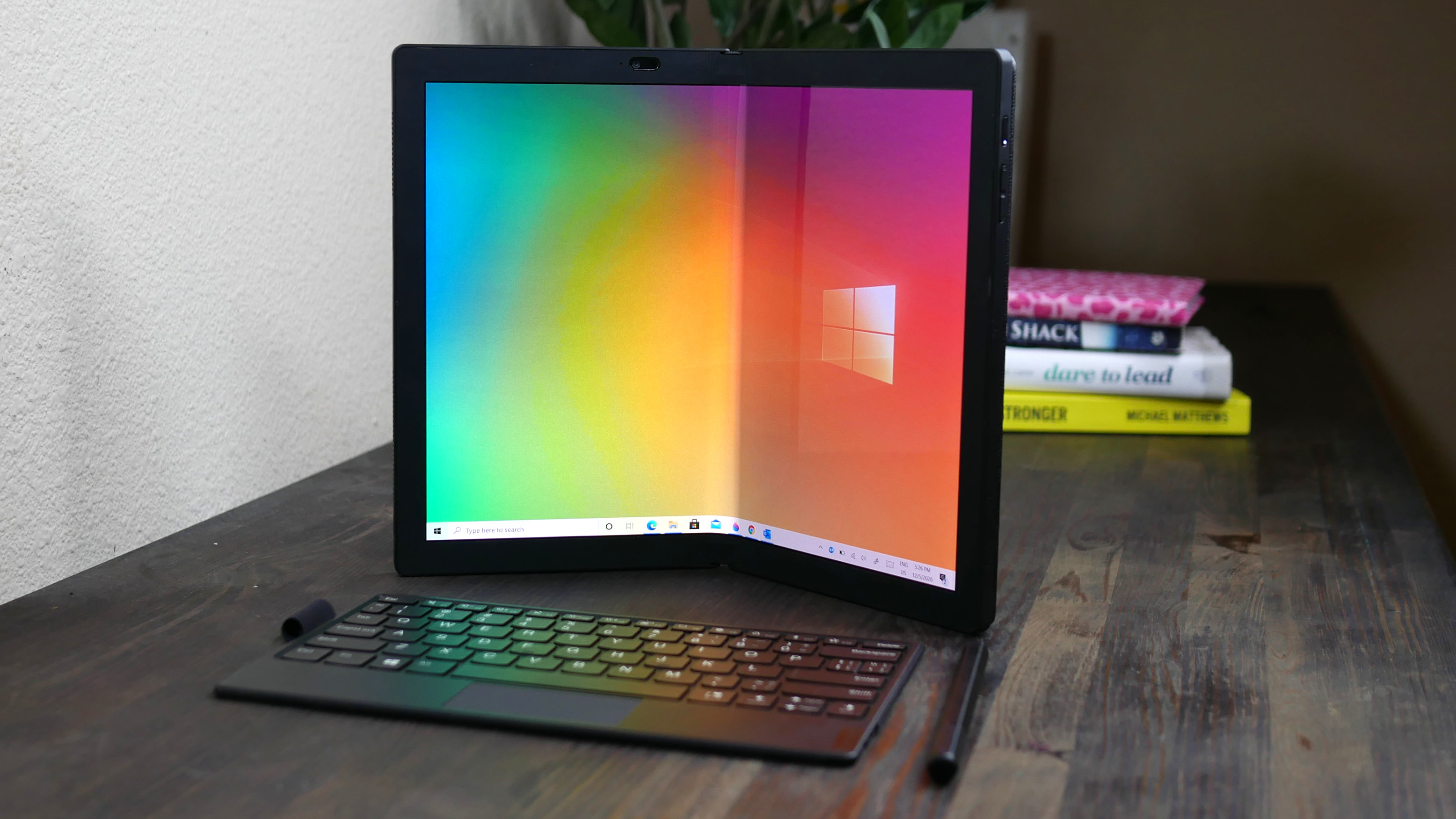
It is an unsurprisingly flawed first attempt. What is surprising is how well it's built; a leather cover with glass accents combined with a magnesium alloy frame and an innovative hinge create a slate with military-grade durability. Then there's the display itself. A jaw-dropping 13.3-inch OLED panel with eye-popping colors. Is this product the future of computing? I'm not so sure. What I do know is that, despite its errors, I thoroughly enjoyed using the tablet and look forward to seeing what comes next.
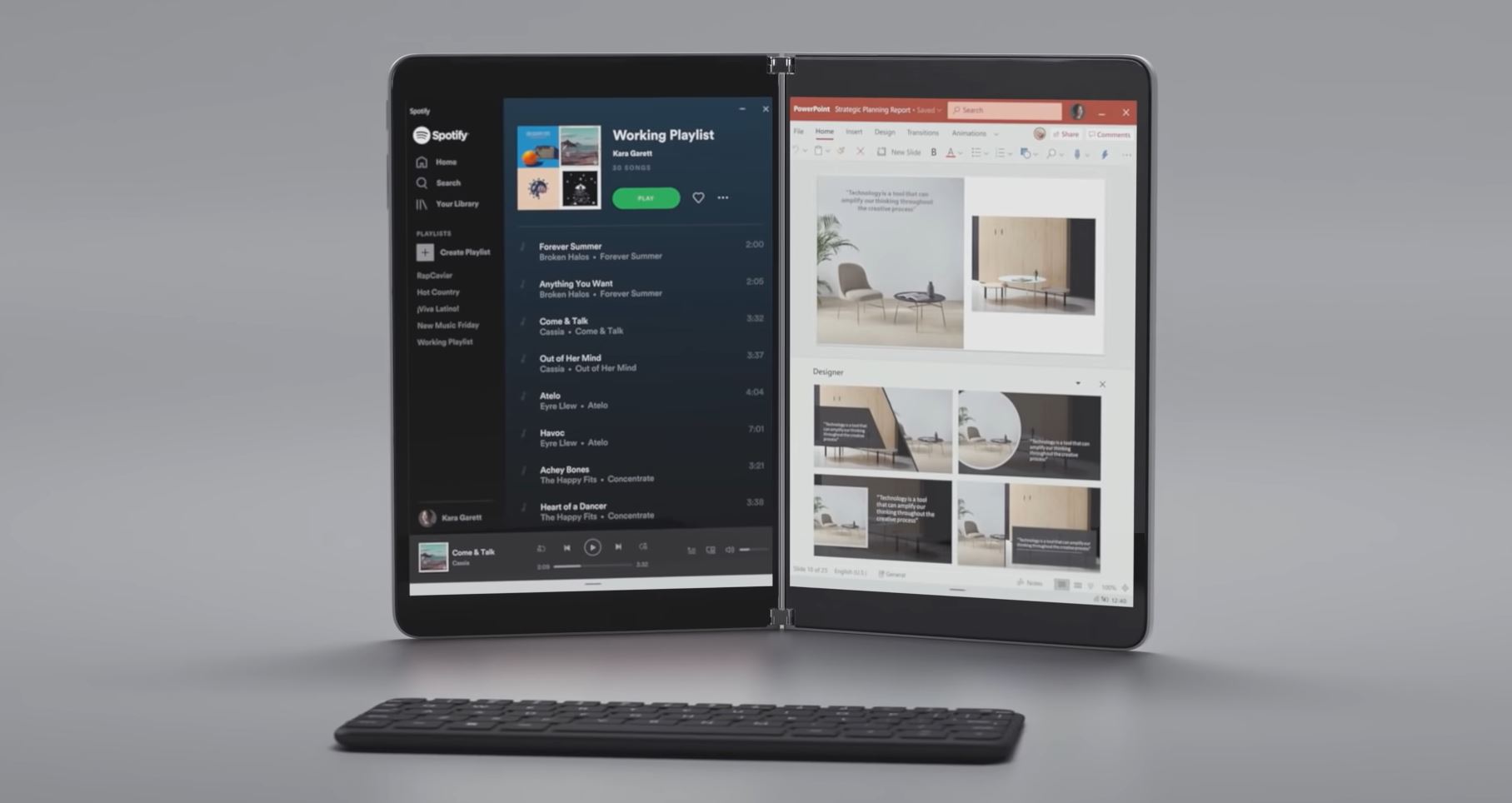
As to what that might be, well, it's anyone's guess. We know Microsoft is working on a similar product called the Surface Neo. Dell is following along with Concept Ori but also gave us a glimpse of Concept Duet, a laptop (?) with two flat 13.4-inch panels separated by a hinge. Sadly, we don't know when these products will go from concept to production. They are expected to rely on Windows 10X, the upcoming operating system Microsoft indefinitely delayed. If Windows 10X arrives in 2021, as recent reports predict, then we could see a flurry of fascinating new form factors hitting the market next year.
Premium options for under $1,000
Budget and midrange laptops have always felt like afterthoughts to companies. Put all of your research into the flagships, build brand recognition, then feed the crappy cheapo laptops to the folks who can't afford those shown on TV or in online ads.
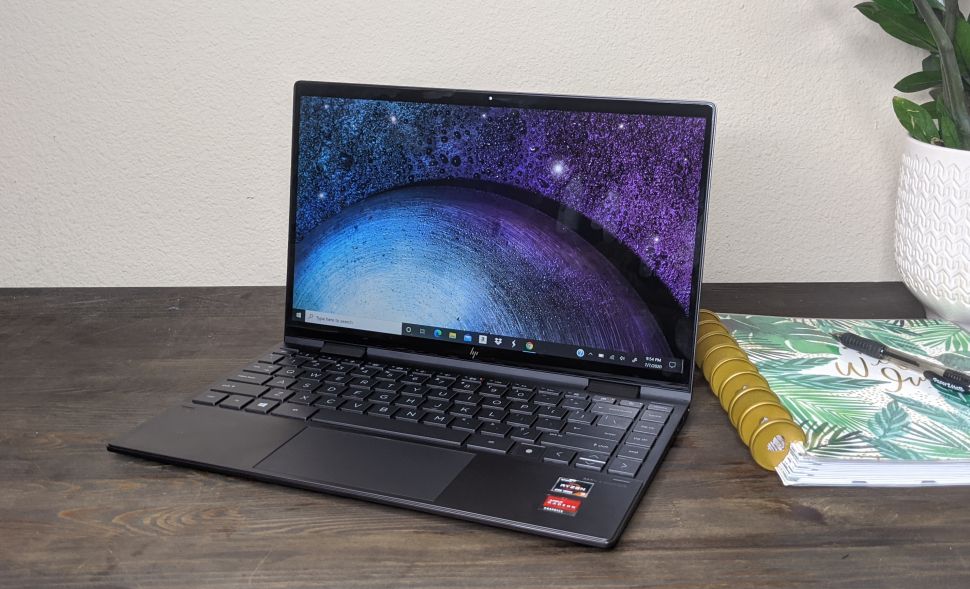
That isn't always the case. The HP Envy 13 and Envy x360 13 are examples of what we want to see more of in 2021: midrange laptops with premium specs and features. The Envy is, in many ways, a "lite" version of the Spectre x360, one that adopts an elegant design, premium materials and a good display. The Acer Swift 3 is another good example that similarly owes a debt to AMD's Ryzen 4000 chips.
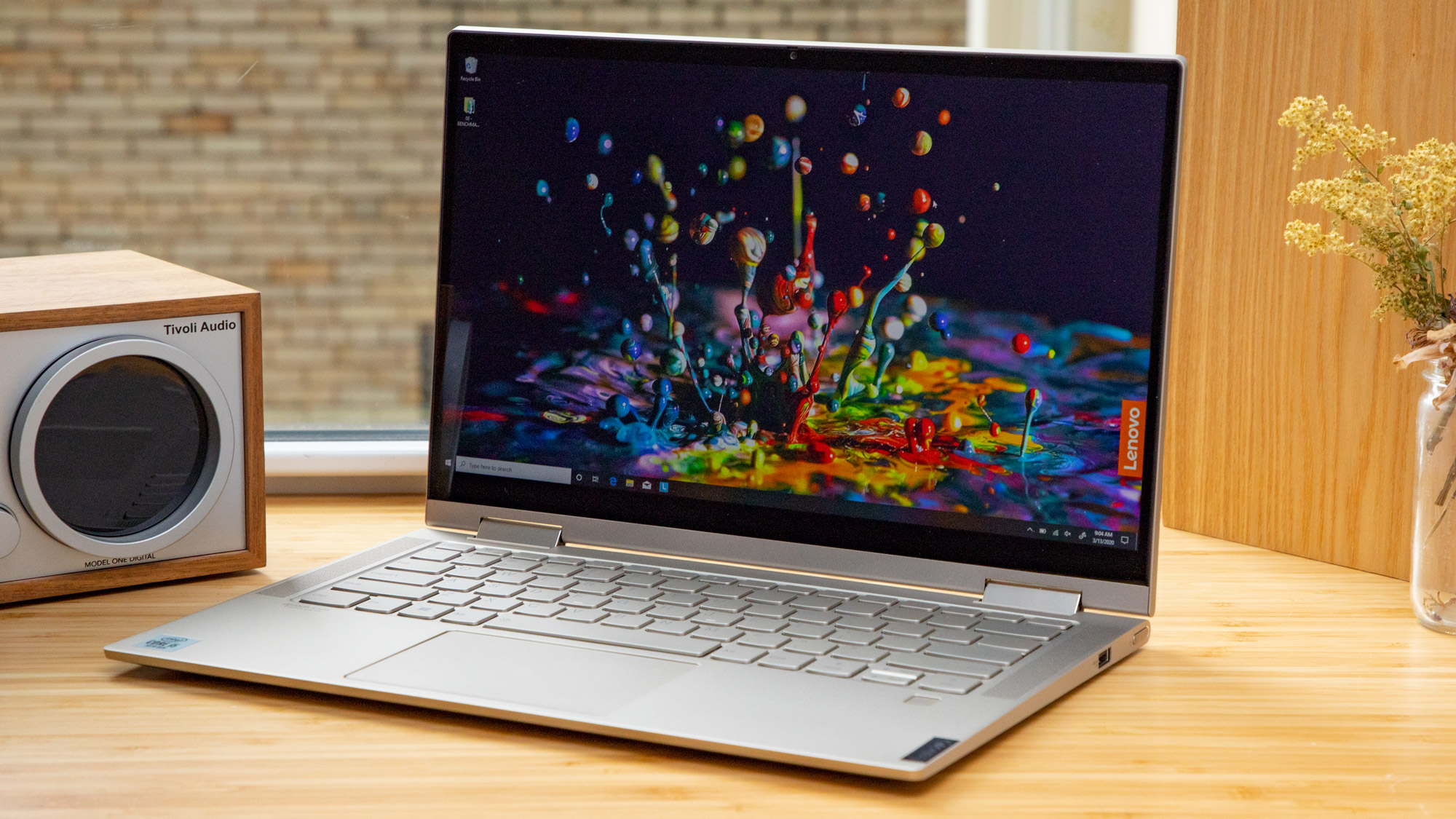
In 2021, I want to recommend more midrange laptops to folks who want a premium device without spending four figures. I'm talking about laptops with metal chassis, bright panels, fast performance and sleek designs at the $500-$800 sweet spot. And don't cheap out on the extras; IR cameras, fingerprint scanners, glass touchpads, and webcam covers are inexpensive conveniences that belong not only on premium laptops but also on more affordable options.
5G support
Roll your eyes all you want, 5G should be an option on all tablets and some laptops in 2021. While the network hasn't taken off as some predicted, 5G networks are steadily spreading across the US. As it stands, 5G is largely limited to major cities, and those superfast gigabit+ speeds we've been promised are even more elusive. And yet, 5G is much more widely available than it was last year, and you're likely already benefiting from the successor to LTE if you live in an urban area and own a 5G-compatible device on T-Mobile or AT&T's networks.
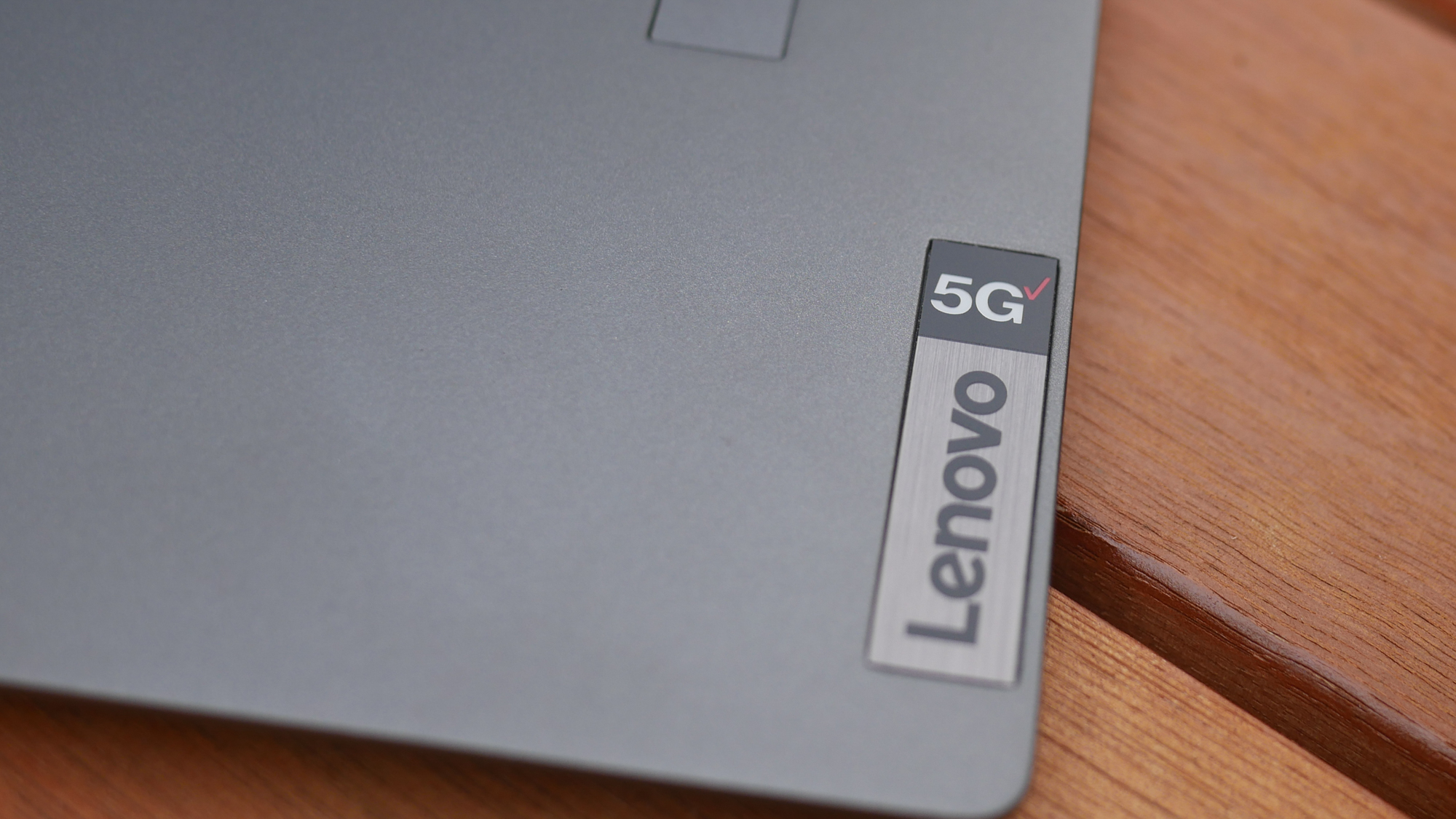
Enterprise users who own a business laptop or tablet should have more 5G options next year so they can take advantage of the faster wireless speeds, improved reliability and more robust security than the public Wi-Fi found at a coffee shop or hotel. So far, there are only a few laptops or tablets on the market with 5G support, and most of them cost a fortune. Case and point: the Dell Latitude 9510, which starts at around $2K. Lenovo sells the Yoga Flex 5G, but its ARM-based Snapdragon processor isn't meant for heavy lifting (see faster Windows on ARM complaint above).
Brighter screens (with eye protection)
This might seem like an odd request, but I've reviewed too many laptops with screens that reach the bare minimum of what we consider to be acceptably bright, or around 300 nits. That's fine for most uses, but you'll find yourself keeping the screen at or near 100% brightness with the lights turned on. My New Year wish is for the standard screen option to reach at least 400 nits, leaving enough of a ceiling for outdoor use on a bright day or when you're in a well-lit room.
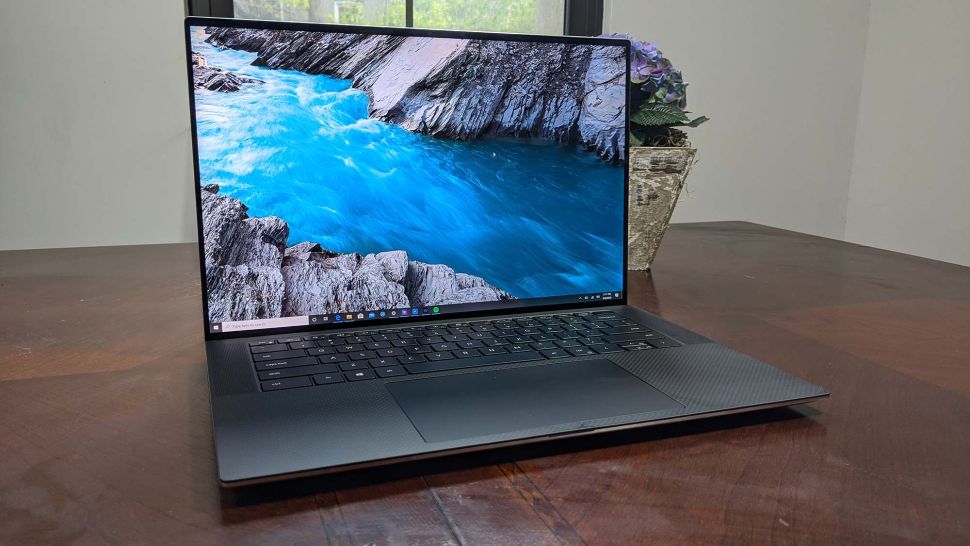
Perhaps even more importantly, all laptop displays should come standard with low blue light technology and the option to filter out more harmful rays to reduce eye fatigue and accompanying headaches. Eye health is more important than ever now that we're working remotely, staring at laptops and monitors for hours on end.
Phillip Tracy is the assistant managing editor at Laptop Mag where he reviews laptops, phones and other gadgets while covering the latest industry news. After graduating with a journalism degree from the University of Texas at Austin, Phillip became a tech reporter at the Daily Dot. There, he wrote reviews for a range of gadgets and covered everything from social media trends to cybersecurity. Prior to that, he wrote for RCR Wireless News covering 5G and IoT. When he's not tinkering with devices, you can find Phillip playing video games, reading, traveling or watching soccer.

